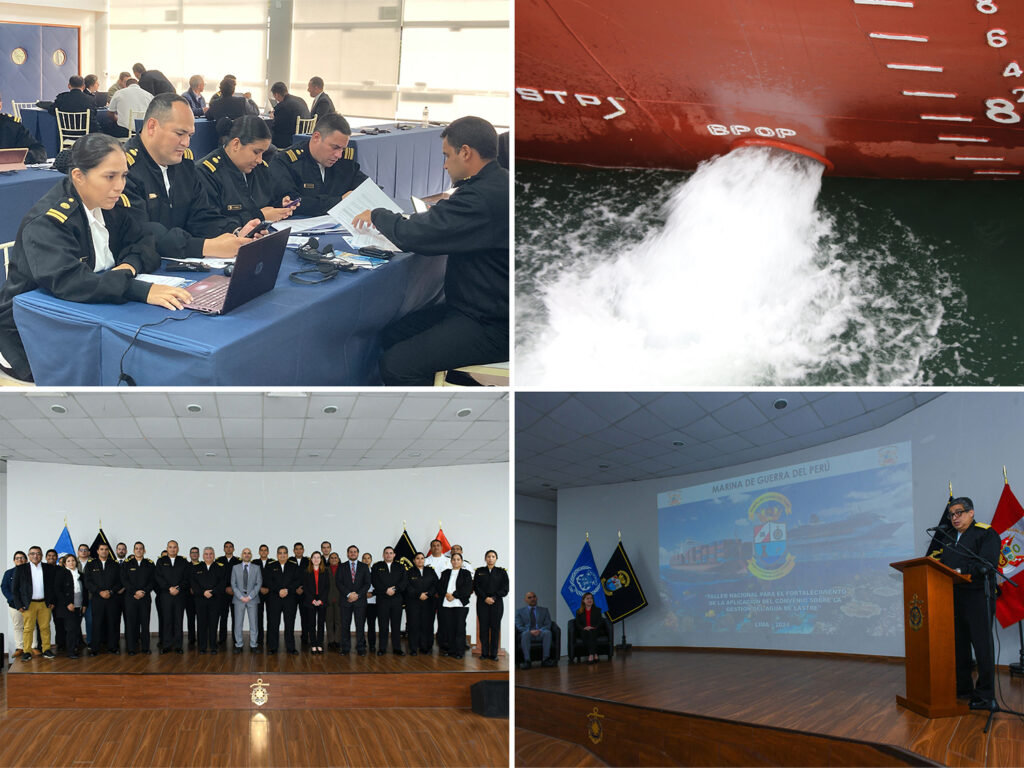By : Nouhed Chine
Port Security Expert
Maritime transportation is considered the backbone of world economy and trade, ensuring the global and diversified flow of goods necessary for life and industry, and for long years it has been facing increasing security risks threatening the safety and security of commercial vessels and port facilities
These threats are caused by the unstable political and social situation in some parts of the world, which necessitates the enhancement of maritime security.
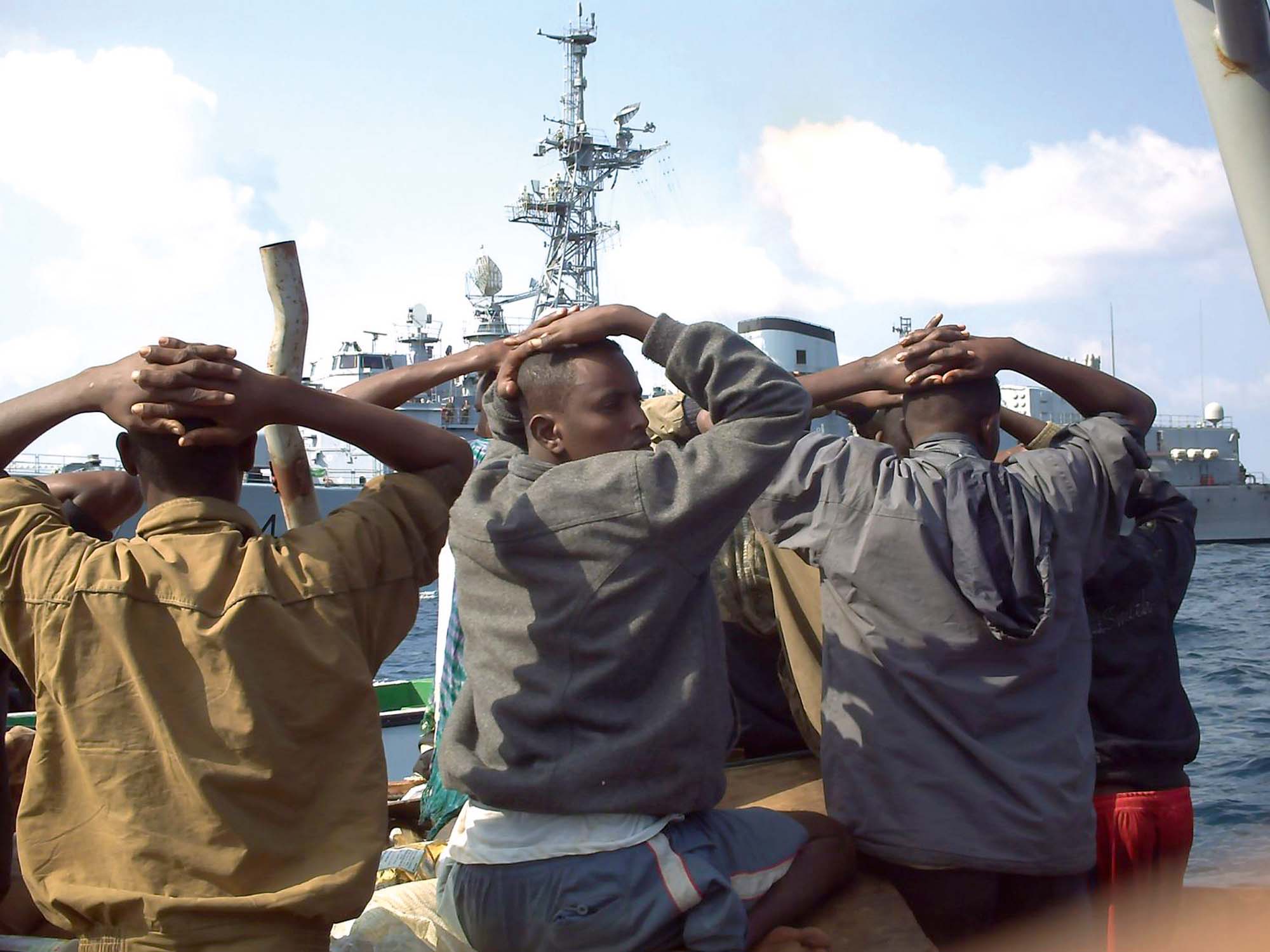
Fifty conventions with ongoing amendments
The International Maritime Organization (IMO) was founded in 1948. Its main task is to ensure the safety of maritime transport and navigation through the adoption of over than fifty conventions with ongoing amendments, as well as the issuance of circulars, guides, and directives, and ensuring their effective implementation by member states, with the primary objective of protecting life at sea as well as ships, cargoes and port facilities.
Develop strategies
In order to develop strategies and procedures for maritime and port safety and security, the IMO collaborates with several international organizations, the most important of these Include; the International Labor Organization (ILO) which focuses on the safety of maritime workers through the development of maritime labor standards and port security.
Develop security measures
The World Customs Organization (WCO) which works to develop security measures for ports and ships, and promotes cooperation in combating smuggling and maritime crimes.
(Interpol) combats maritime crimes
And the International Criminal Police Organization (Interpol) which combats maritime crimes, such as piracy and maritime terrorism, and promotes the exchange of information between countries.
Technical Committee ISO/TC 8
The IMO also works closely with the International Organization for Standardization (ISO) through its Technical Committee ISO/TC 8 on ships and marine technology.
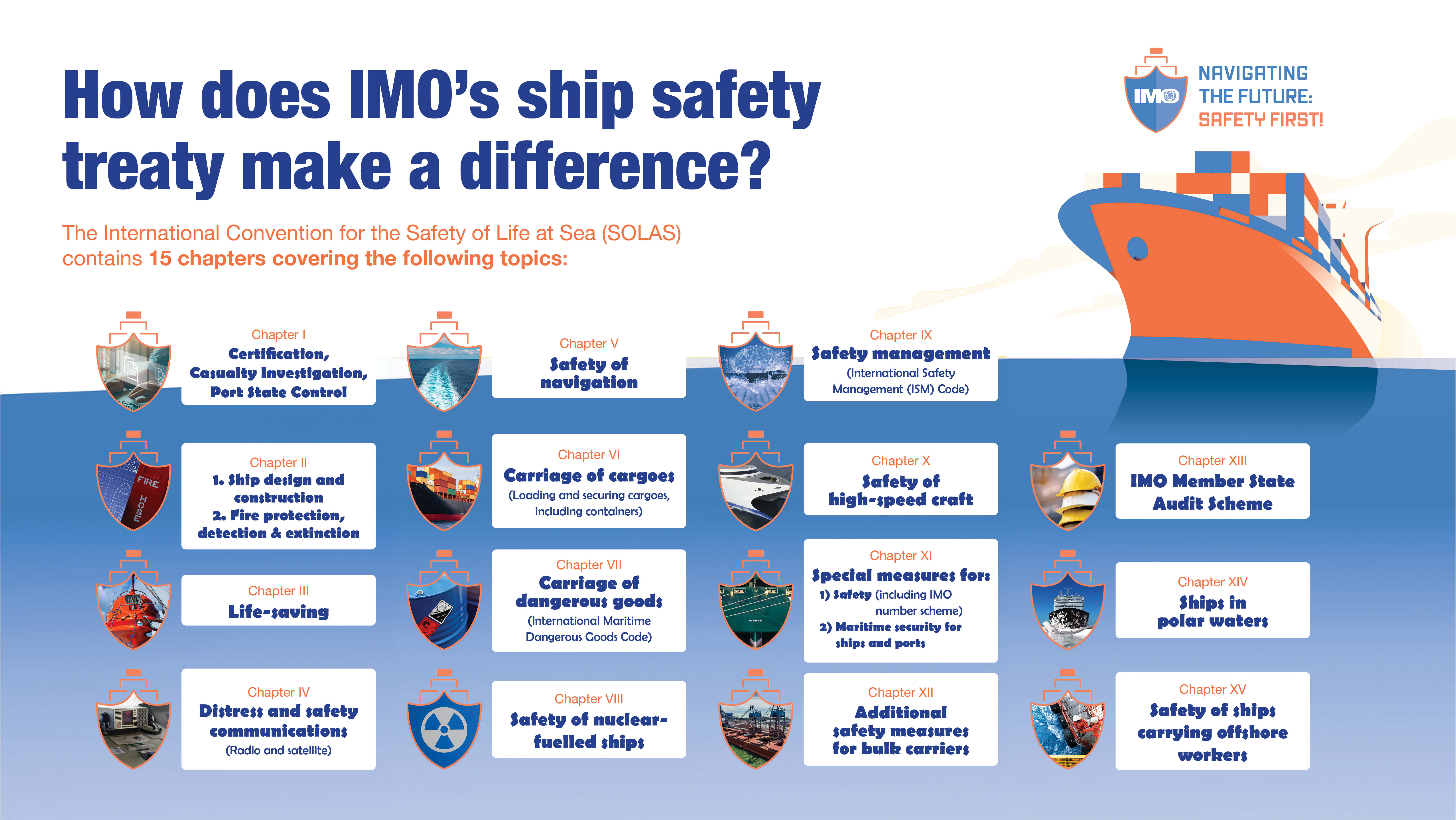
The scope of this cooperation is to ensure that ISO standards are consistent with IMO regulations, to assure the effective implementation of IMO instruments such as the international convention for the Safety of Life at Sea SOLAS, 1974 the international convention on Standards of Training, Certification, and Watch keeping for Seafarer (STCW) and the international convention for the Prevention of Pollution from Ships (MARPOL), and to promote global harmonization in the areas of safety, maritime security and protection of the marine environment.
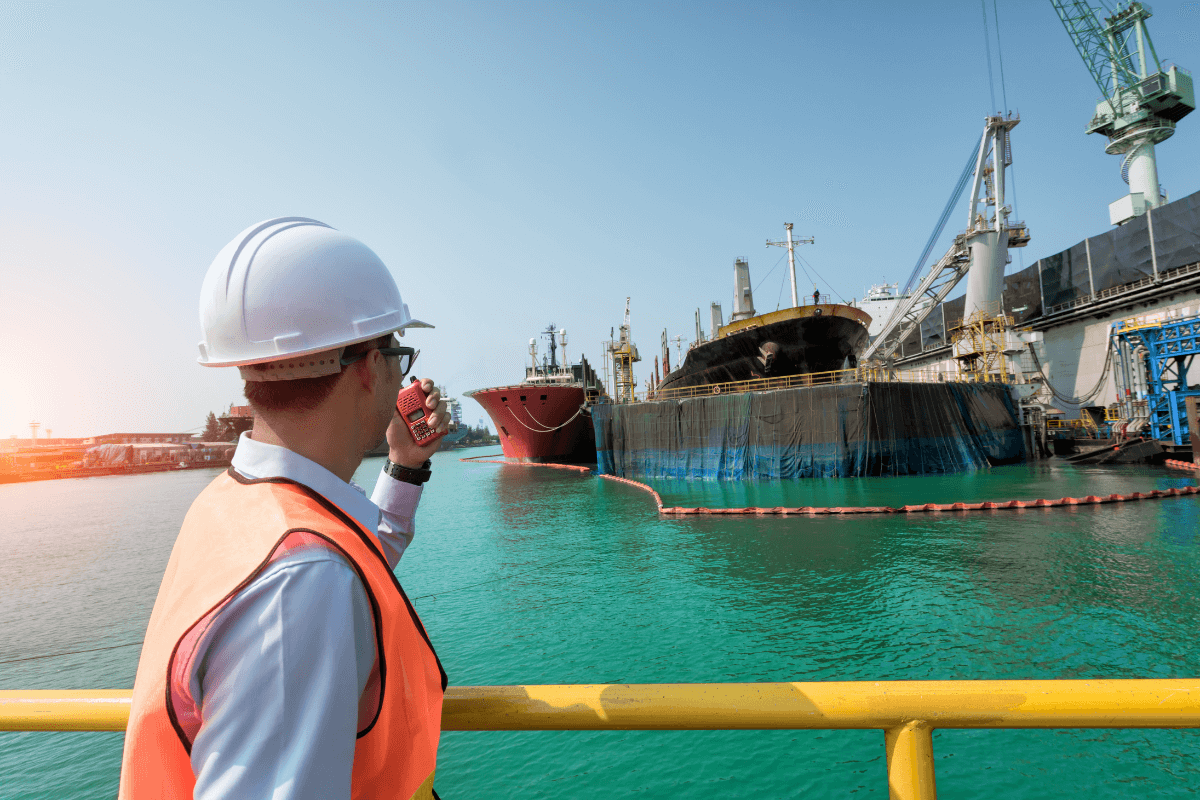
The genesis of the ISPS Code
Throughout the history of shipping, tragic events have occurred in a series of attacks and piracy against merchant vessels that have dramatically affected the stability of the sector such as the Achille Lauro incident in 1985 and the hijacking of the Sea Star in 1984.

Like ships, ports !
Like ships, ports facilities are more and more exposed to various threats, including terrorism, piracy and cyber attacks. In 2000, the USS Cole was attacked in the Yemeni port of Aden, highlighting the risks to naval vessels while in port.
In 2008, the Mumbai attacks showed how Coast areas including ports can be used as springboards for large-scale terrorist operations.
In 2011, Somali pirates targeted the port of Mombasa, disrupting regional trade.
The 2019 attacks on Saudi oil tankers in the Gulf of Oman highlighted the geopolitical risks to ports and sea lanes.
These examples demonstrate that it is not only ships that face threats, but also the land side of maritime transport, including ports and terminals.
Terrorism and piracy

After the catastrophic events of September 11, the world experienced a profound transformation in its approach to global security.
The attacks revealed the vulnerability of critical infrastructure, including the maritime sector, which became a target for threats such as terrorism and piracy.
ISPS Code: International regulatory framework
All these factors made it necessary to establish an international regulatory framework to ensure the safety and security of these facilities, marking a new milestone in international maritime security with the publication of the ISPS Code, which was adopted in December 2002 , under the auspices of the International Maritime Organization (IMO).
Identify security threats
Its main objective is to establish an international framework that fosters cooperation among contracting governments, public authorities, local administrations, and the maritime and port sectors to identify security threats and implement protective measures against security incidents that pose a risk to ships or port facilities involved in international Trade.
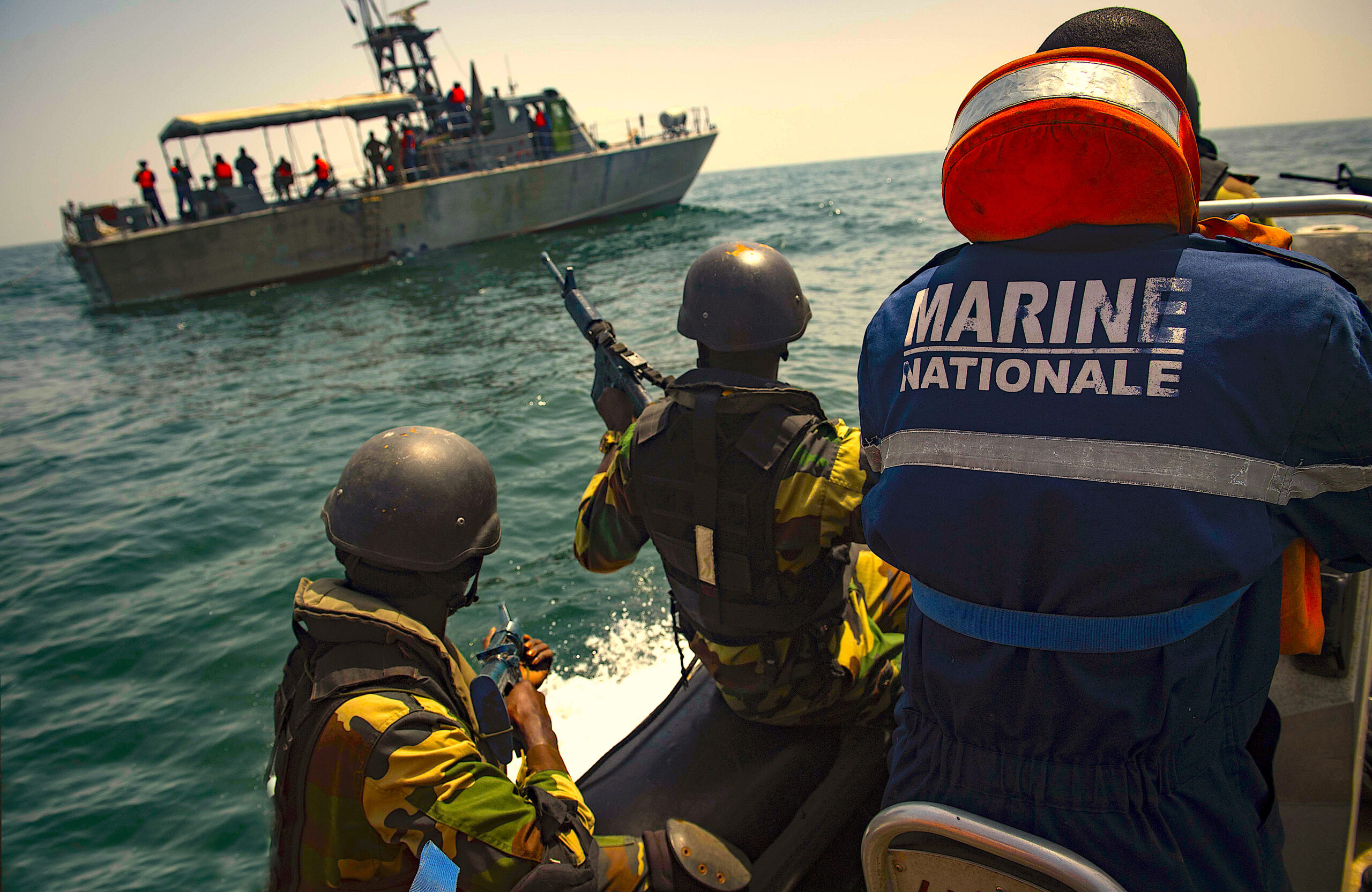
Two decades of achievements and challenges
Twenty years have passed since the adoption of the maritime security measures in December 2002. Contracting governments had until July 1, 2004 to incorporate the maritime security measures into their national legislation and to make the necessary administrative and regulatory changes to facilitate their application.
Maritime security requirements
Several governments have also extended the application of maritime security requirements to include port facilities and port areas, as well as vessels not covered by the mandatory measures. This has included ships providing domestic services.
High-security areas
Since these measures came into force, many port facilities have reported a significant reduction in theft and incidents in the high-security areas.
Regional port state control
A review of published statistics from regional port state control memorandum of understanding (MoU) also showed a positive trend in the security levels, despite some initial challenges.
Maritime security measures were developed as a response to terrorist incidents, but, they have also proven to be effective against other threats such as piracy, armed robbery, and illegal activities such as drug trafficking.
The main objective of the ISPS Code is therefore to enhance the protection of the maritime transport sector against all security threats, regardless of their nature
Additional efforts are still required
Despite the positive results achieved by the implementation of the ISPS code in most of the contacting members, additional efforts are still required to achieve better results.
What are the most important challenges facing this system?
Next Article



